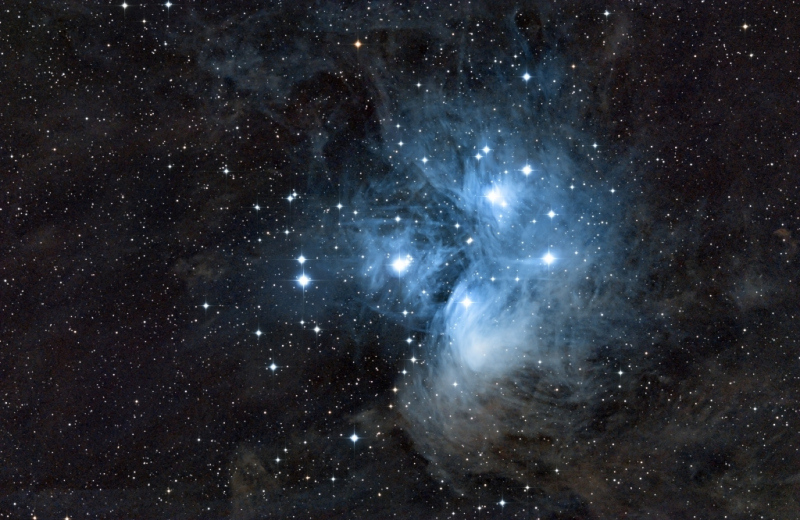This is a 60 Megapixel image of an Owl Butterfly (underside) taken with a Canon DSLR and a Canon 100mm macro lens. The image is a mosaic and comprises of 6 separate frames that are put together in Photoshop to create this single extremely high resolution image.
Pages
Categories
- Macrophotography
- Carbon Stars
- Picture of the Week
- High-Speed Photography
- Photomicroscopy
- Talks and Presentations
- Photographic courses
- Hyperstar III and SXVF-M26C
- Canon 200mm prime lens
- Astronomy Image of the Day
- Hyperstar III and Trius SX-814C
- Uncategorized
- Exhibitions
- CCD Images
- Published Work
- Site News
- Writing
- News
- Creating mosaics
- Star Vistas
- House and home
Visitors
Admin
Tags








